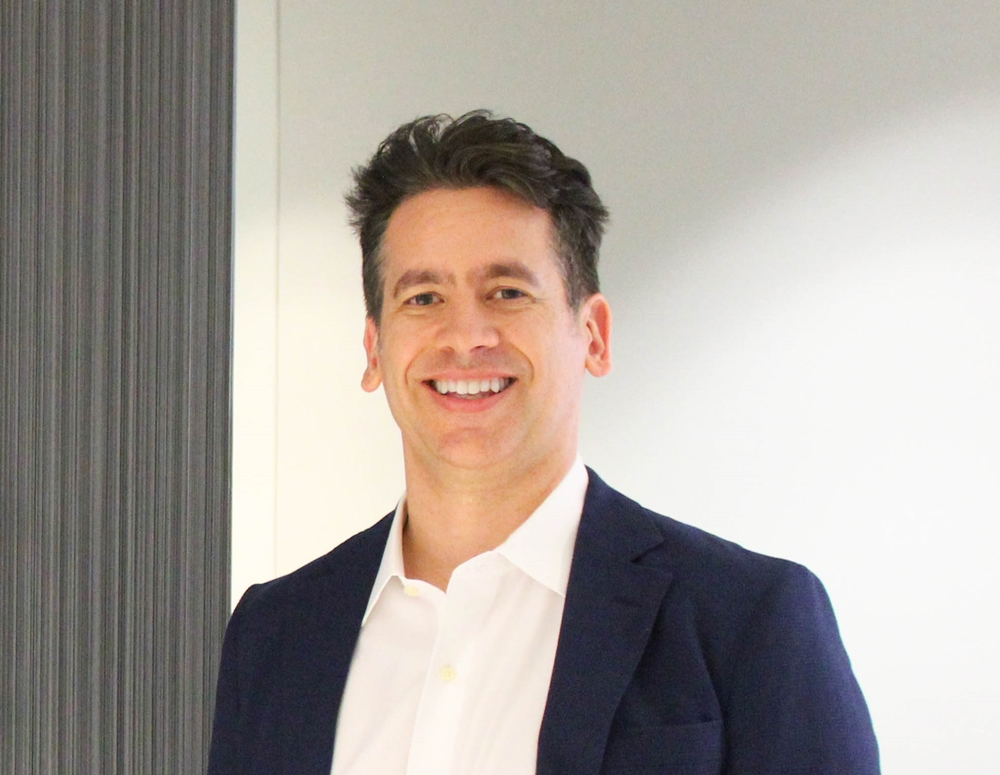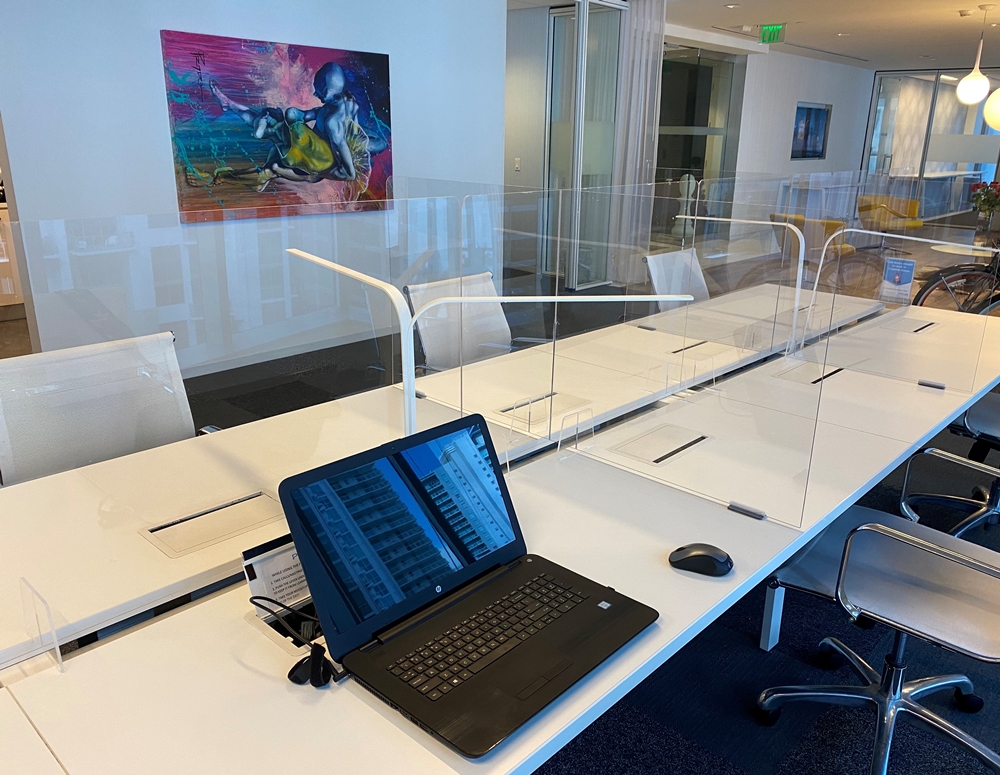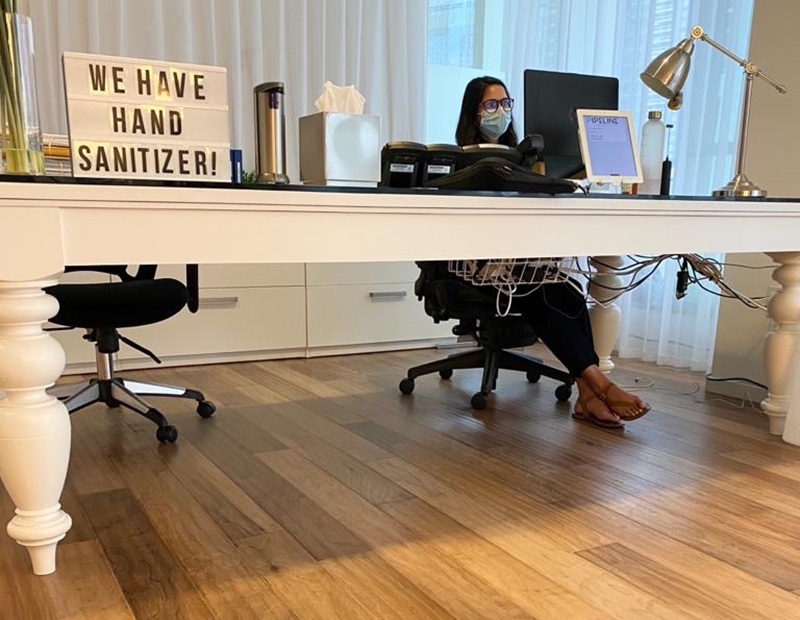Flex Office Sector’s Evolution Amid COVID-19
Pipeline Workspaces’ Philippe Houdard shares insights on the present state of the industry and its pandemic-influenced future.
The pandemic will undoubtedly continue to challenge businesses and large companies alike; many have held back decision-making as a result of fluctuating market dynamics. Due to their employee’s physical and social need for office space, demand for flexible office is expected to grow. However, this new space will come under different forms. Has COVID-19 truly prompted the sector to experience a revival clad in plexiglass?
Philippe Houdard, co-founder of Pipeline Workspaces, discusses how the health crisis will influence the future of the office sector, which he predicts will see significant downsizing. He also talks about emerging behaviors among companies and individuals.
READ ALSO: Coworking Spaces Show Resilience During COVID-19 Crisis
How is Pipeline Workspaces navigating the COVID-19 crisis?
Houdard: While we were certainly not planning for a health pandemic when we designed our office spaces, our configuration is relatively well-suited for the times. We never really bought into the trendy coworking concept of creating dense environments. Instead, we chose to make Pipeline a boutique office environment with more professional and predominantly private offices, and spacious layouts.
One of my brothers lives in China, so I had a bit of a head start in anticipating what might be coming our way. Once it became obvious that we would be affected by the virus too, we quickly engaged public health officials, medical experts, architects and designers to create a comprehensive workplace strategy.
 To maximize health and safety, we focused on keeping density low and members far apart from one another. We redesigned the layout for all common areas, resulting in greater spacing and division to avoid congregation. We’ve also added plexiglass and buffer zone partitions for open area desks and introduced zigzag seating for everyone to maintain distance.
To maximize health and safety, we focused on keeping density low and members far apart from one another. We redesigned the layout for all common areas, resulting in greater spacing and division to avoid congregation. We’ve also added plexiglass and buffer zone partitions for open area desks and introduced zigzag seating for everyone to maintain distance.
We placed clear reminders of the Centers for Disease Control and Prevention guidelines throughout our spaces and put a cap on maximum occupancy in common areas such as cafés, business centers and conference rooms. We also identified one-directional walking in certain areas to avoid people crossing paths and added well-being stations, which include sanitizer dispensers, wipes and general cleaning materials. We provide masks to members who might have forgotten to bring their own. The spaces are cleaned numerous times a day.
Pipeline managers are also scheduling more virtual tours to give prospective members a first look at our spaces without having to visit in person, to minimize the number of visitors at our locations.
How have you kept your members engaged during the ongoing pandemic?
Houdard: The nature of community engagement has completely changed due to the pandemic. Our members have new needs that did not exist before COVID-19. Traditionally, Pipeline hosted community-building events and activities for members such as happy hours and lunches. The pandemic has completely shifted people’s priorities, and right now members want to come into their office space, keep their distance from others and get their work done in a safe and professional environment, free of distractions.
The best way to engage with our members is to communicate constantly and offer them peace of mind by letting them know about every safety measure we are putting in place to maintain a healthy environment.
Tell us more about membership dynamics at your locations in the first half of the year.
Houdard: We have maintained an 80 percent to 90 percent occupancy across all Pipeline locations. The difference now is that members have been using the space more lightly, meaning density at any given time is low, allowing us to maintain proper social distancing and other recommended safety protocols. Teams are choosing to come in shifts. Others work certain days or hours at their office and spend the rest of their time working from home.
Beyond that, we have been fortunate to continue seeing membership interest from a range of large and small companies, including law firms, construction companies and everything in between. In early March, when the pandemic spread through the U.S., things got quiet for us. Suddenly, a 25-person company inquiring about space came in wearing gloves and masks and signed a couple of days later. Shortly after, a second company with 30 people reached out.
Leads kept coming in shortly afterward, and we’ve been signing more companies that are leaving their long-term leases due to uncertainty. People are looking to downsize and want flexibility in lease terms. They’re having us manage all the health and safety protocols to protect their employees.
READ ALSO: Flex Office Operators Look to Unlock the Suburbs
Can you elaborate on how the office experience has changed since the onset of the COVID-19 outbreak?
Houdard: Beyond the physical changes like more separation in common areas, sanitization stations and plexiglass partitions, at this stage in the pandemic we are seeing a new experimental attitude from employers who are trying to restructure what work looks like for their company.
At Pipeline, we are seeing a lot of self-regulation among workers. Generally, our members don’t need to be reminded to follow safety protocols by our office administrators. They have been very aware of keeping their distance from others, spreading out in the office, wearing their masks and following other safety guidelines to keep themselves and others healthy.
How can flexible space providers attract business owners who are giving up traditional offices for flexible office spaces?
Houdard: Flexible office spaces have been historically attractive to business owners due to affordability, flexibility and networking opportunities. More than ever before, employers don’t want to be tied down to a long-term, expensive lease for a huge office space. With so much uncertainty right now, it is nearly impossible to forecast business needs.
 What do you think will drive appetite for flexible office space going forward?
What do you think will drive appetite for flexible office space going forward?
Houdard: Aside from flexibility and affordability, the pandemic has forced even the most reluctant business owners to allow employees to work remotely. This has given us the opportunity to see that we don’t need to be in an office exclusively to be productive. COVID-19 has also taught us that while people enjoy the perks of working from home, they also crave human interaction and personal connections. This is especially important for younger professionals who are just starting in their careers and don’t have access to mentors and leadership figures. I believe all of these factors will drive the flex-space market in the future.
How do you expect the flexible space sector to change after the pandemic?
Houdard: I feel confident the flexible office space sector will see significant growth. Humans are naturally social beings and once there is a vaccine and more certainty around how to safely continue working together, people will be eager to get back together in a work environment. I believe many of the elevated sanitation protocols in place today will remain post-COVID-19, but I truly believe a more flexible attitude towards work and the spaces we work from is the way of the future.










You must be logged in to post a comment.